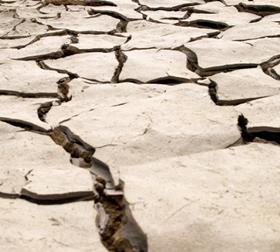
California is the breadbasket of the US, responsible for two-thirds of the country’s fresh produce exports. Yet the state's agriculture interests are under a dire threat due to the worst drought in California's history.
California has barely seen a drop of precipitation since 2011. The winter of 2012/13 yielded the least amount of rainfall since 1850, when records began, and this year, according to tree rings, is the driest in four centuries.
Governor Jerry Brown recently declared a drought emergency: 91 per cent of the state is experiencing “severe to exceptional drought conditions”.
The central San Joaquin Valley, which accounts for 72 per cent of California’s agricultural production, arguably is experiencing the worst of it.
Growers and ranchers in the central and southern portions of the valley have recently been advised to expect to receive none of their federal and state water allocations this summer.
Consequently, it is estimated that as many as 203,000ha of prime agricultural Central Valley land will be fallowed this year, which has prompted some industry analysts to forecast a 20 per cent rise in wholesale prices for certain produce categories over the next several months.
There is also speculation that California growers may reserve a higher percentage of their fruits and vegetables for the domestic market – guaranteed to be lucrative – and avoid the risk of long-distance overseas shipments.
Even with normal precipitation next winter, it will likely take several more years of above-average rainfall to replenish the state’s reservoirs and aquifers.
Most of the state industry is expected to struggle through the end of the year with alternative water supplies and rigid conservation measures.
Few want to consider what the consequences could mean to California agriculture if the “mega-drought” continues into 2015 and beyond.



